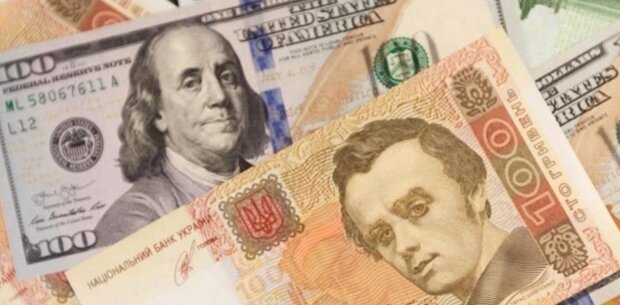According to the baseline scenario, although the hryvnia may face devaluation, it is expected to align with the inflation rate, which is forecasted to be between 8% and 10%. The economy may still experience modest growth, with GDP increasing by 3–4%. Furthermore, the unemployment rate could decrease to 11–13%.
However, in 2025, two significant challenges are anticipated. First, the labor market may experience substantial strain as an increasing number of workers are mobilized for military service, removing them from the economic workforce.
Second, Ukraine will continue to grapple with the risk of an energy crisis, adding uncertainty to the economic environment.
Kush noted that Ukraine's financial stability is beginning to show signs of strain, with early indications of price destabilization. This has already prompted the National Bank of Ukraine to raise the key interest rate from 13% to 13.5%, with the possibility of further increases.

If the war escalates or international support diminishes, the outlook will become more concerning. In a pessimistic scenario, economic growth could slow to 0-2%, inflation might rise to 10-15%, and the dollar exchange rate could exceed 50 UAH. The unemployment rate could also significantly increase, reaching 20%.
Regarding migration, Kush forecasts that Ukraine may see a rise in the number of refugees, with the baseline scenario suggesting that between 300,000 to 500,000 individuals may leave the country. In the worst-case scenario, this number could rise to 1 million. Regardless of the scenario, a significant return of Ukrainians from abroad in 2025 is not expected. The NBU predicts a net outflow of about 200,000 people, with a potential net inflow of up to 500,000 people by 2026.